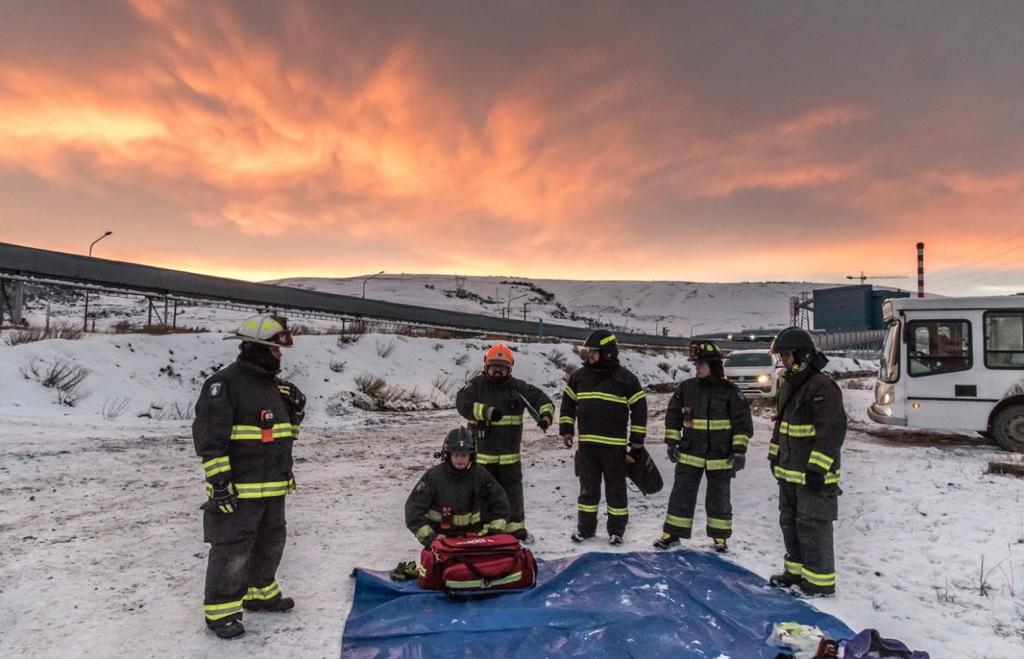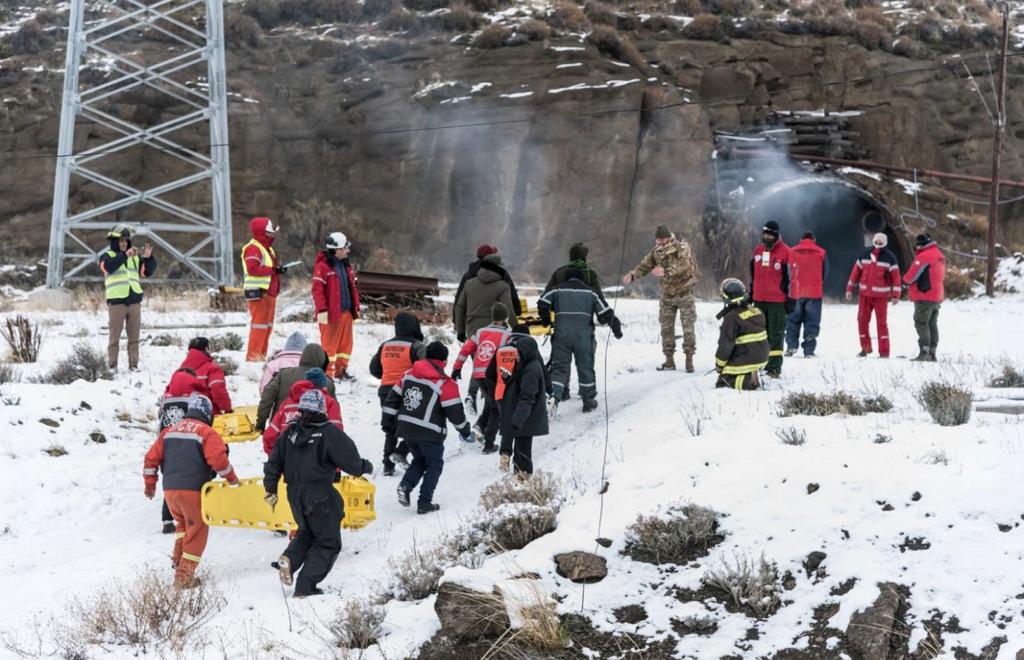Chilean Representatives shared their experiences in Argentina with emergency care and prevention.
Different prevention specialists met in the National University of Southern Patagonia, Argentina to discuss comparative experiences in crisis situations affecting the mining industry and the procedures and protocols outlined in the region’s emergency plan. They traded knowledge and background information to plan for future risk situations.

John Ojeda, Las Torres Patagonia’s Sustainability Manager and the Torres del Paine Fire Brigade Director, Sergio Ramírez Gallardo, the Última Esperanza Province’s Commander, and a volunteer group participated in this conference through workshops about emergency cases in Chile and Argentina, notably, Torres del Paine’s 2011 fire and how it was dealt with.
The conference resulted in Ojeda ratifying the Torres del Paine Fire Brigade Facilities’ Operations’ location near the NGO, AMA Torres del Paine, a territory dedicated to Sustainable Tourism and Conservation with the objective of managing the UINC Category V, and within Cerro Paine Estancia’s dome structures.
Additionally, this event brought together Argentinian institution members, such as firefighters and gendarmerie, generating an exchange on both countries’ realities and how issues have been addressed through different critical responses.
“These sister nations’ dialogue brought forth each nation’s successes,” says John Ojeda, recapitulating his time at these conferences and adding, “In Argentina, Chile’s work and professionalism in dealing with the recent decades’ different emergencies is highly valued. We can be proud of our country for the example it has set.”

The Río Turbio’s Government Secretary, Jorge Bustos, stresses, “One of the event’s highlights was integrating Chile, which shed light on the contributions needed from both nations to continue down the right path.”
Along the same lines, the Santa Cruz Province Ministry of Labor’s Technical Adviser, César Rivera, expressed appreciation for both countries’ hard work: “It will result in combined tools and procedures serving both nation’s responses to future emergencies.”
These conferences culminated in a written diagnosis in local and provincial authorities and the region’s Academic Unit’s presences. The document will serve as a comprehensive evaluation of knowledge gained during the conference’s workshops, providing guidelines for future improvements in emergency management in the mining industry.